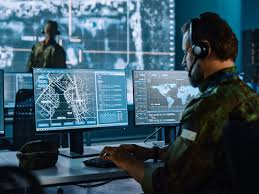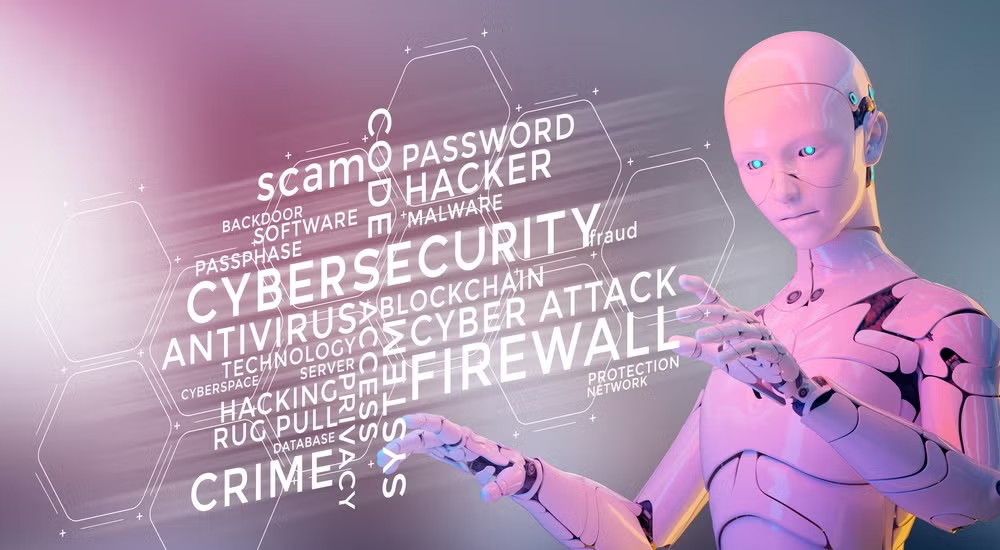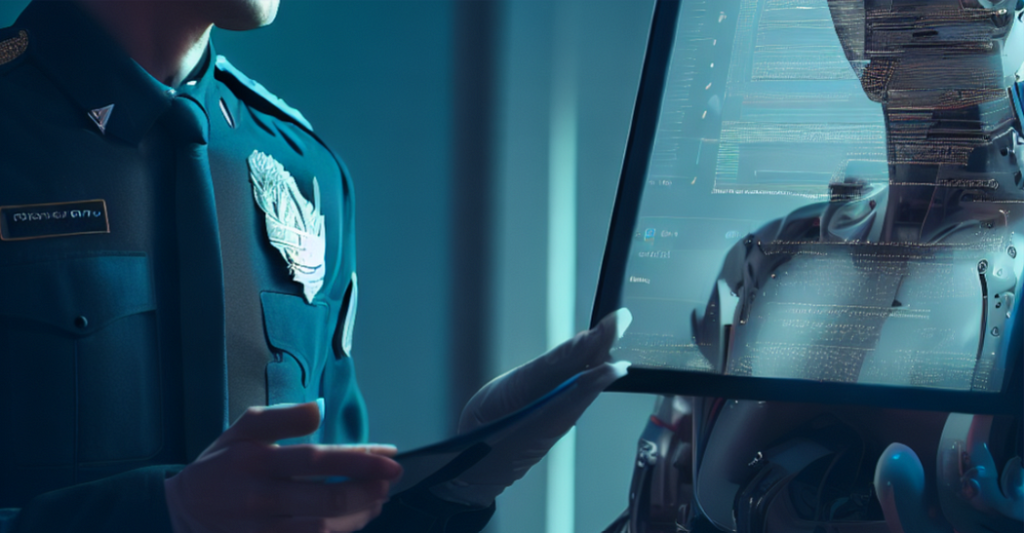In recent years, technology has reshaped nearly every aspect of life, and crime fighting in America is no exception. From artificial intelligence to drones, law enforcement agencies across the country are embracing cutting-edge tools to prevent crime, catch criminals, and keep communities safe. These advancements are making policing more efficient, proactive, and precise, but they also come with challenges like privacy concerns and ethical dilemmas. Let’s dive into how technology is transforming the way America fights crime and what it means for the future of public safety.

The Rise of Predictive Policing
One of the most significant ways technology is changing crime fighting is through predictive policing. This approach uses advanced algorithms and big data to forecast where and when crimes are likely to occur. By analyzing historical crime data, social media activity, and even weather patterns, predictive policing tools help law enforcement allocate resources strategically. For example, software like PredPol (now Geolitica) identifies high-risk areas, allowing police to focus patrols where they’re needed most. According to a Deloitte study, AI-driven tools could reduce crime in cities by 30 to 40 percent while cutting emergency response times by up to 35 percent.
In cities like Chicago, predictive policing has already shown results. The Chicago Police Department uses gunshot detection technology, such as ShotSpotter, to pinpoint the exact location of gunfire in real time. This allows officers to respond faster, often arriving at crime scenes within minutes. ShotSpotter claims to detect over 90% of gunfire incidents with precise locations in under 60 seconds, significantly improving response times. These tools are helping police stay one step ahead of criminals, making communities safer.

Surveillance Systems: Eyes Everywhere
Modern surveillance technology is another game-changer for law enforcement. High-definition cameras, facial recognition software, and automated license plate readers (ALPRs) are now common tools in the fight against crime. These systems allow police to monitor public spaces, deter criminal activity, and gather critical evidence. For instance, facial recognition has been used to identify suspects in high-profile cases, such as the January 6 Capitol attacks.
Body-worn cameras and dash cameras are also transforming policing. Not only do they provide valuable evidence, but they also increase accountability. A 2017 National Institute for Justice study found that officers wearing body cameras were more proactive in preventing crime and faced fewer public complaints. In Las Vegas, body cameras reportedly saved the police department millions by reducing false complaints and lawsuits. Meanwhile, private devices like Ring video doorbells are aiding investigations, with police making over 20,000 requests for footage in 2020 alone.
Drones are another powerful tool. Used for everything from missing person searches to monitoring large events, drones provide aerial views without putting officers in danger. In Larimer County, Colorado, drones are helping investigate serious accidents, gathering evidence faster and reopening roads sooner. These surveillance advancements are making law enforcement more effective, but they also raise privacy concerns, which we’ll explore later.

Digital Forensics and AI-Powered Investigations
As crime becomes more digital, law enforcement is turning to digital forensics and artificial intelligence to solve cases. Smartphones, computers, and IoT devices like smart assistants are now critical sources of evidence. Investigators can recover texts, emails, GPS data, and social media posts to link suspects to crimes. Tools like Cellebrite’s Digital Evidence Investigator PRO help analyze massive amounts of digital data quickly, streamlining investigations.
AI is also revolutionizing investigations. Machine learning algorithms can process surveillance footage, identify patterns, and even predict criminal behavior. For example, AI-powered tools can enhance low-quality video to identify suspects who might otherwise go unnoticed. In forensic science, DNA analysis has become more precise, allowing police to amplify tiny samples and match them to suspects or databases. Since the first nationwide DNA database was created in 1998, it has helped solve countless cases and even exonerate the wrongly convicted.
Real-Time Crime Centers and Data Sharing
Real-time crime centers (RTCCs) are becoming vital hubs for modern policing. These centralized locations integrate data from cameras, license plate readers, gunshot detection systems, and more to provide officers with instant situational awareness. For example, when responding to a robbery, officers can access live video to see how many suspects are involved, whether they’re armed, and their descriptions before arriving at the scene. This helps dispatchers send the right number of officers, improving safety and efficiency.
Technology is also improving communication between agencies. Cloud-based platforms and interagency collaboration tools allow police to share intelligence in real time, making it harder for criminals to escape across jurisdictions. Social media has become another powerful tool, enabling police to share information with the public, solicit tips, and engage with communities. These advancements are fostering stronger connections between law enforcement and the people they serve.
Challenges and Ethical Concerns
While technology offers incredible benefits, it’s not without challenges. Privacy concerns are at the forefront. Surveillance systems, facial recognition, and data collection can infringe on individual rights if not used responsibly. For example, facial recognition has faced criticism for potential racial and gender biases, with one UK police force found to be using it unlawfully due to indiscriminate application. Public trust is essential, and misuse of technology can erode it.
Budget constraints are another hurdle. Not all police departments can afford advanced tools, creating a digital divide that leads to inconsistent crime-fighting capabilities. Training is also critical—officers must be skilled in using new technologies to maximize their effectiveness. Finally, as criminals adopt technology for illicit purposes, like creating synthetic identities or committing cybercrimes, law enforcement must stay ahead of the curve.
The Future of Crime Fighting
Looking ahead, the role of technology in crime fighting will only grow. Emerging tools like blockchain for secure evidence storage and virtual reality for officer training are on the horizon. As AI and machine learning advance, predictive policing and automated investigations will become even more precise. However, balancing innovation with ethical considerations will be key to maintaining public trust.
Law enforcement agencies are also exploring community-focused technologies. Public-facing apps and digital billboards can share alerts quickly, while platforms like the National Incident-Based Reporting System (NIBRS) increase transparency by providing detailed crime data. These efforts aim to build stronger, safer communities through collaboration and openness.
Conclusion
Technology is revolutionizing crime fighting in America, empowering law enforcement to be more proactive, efficient, and connected. From predictive policing and advanced surveillance to digital forensics and real-time crime centers, these tools are helping police prevent crime and catch criminals faster. However, challenges like privacy concerns, budget limitations, and the need for training must be addressed to ensure technology serves the public good. As innovations continue to emerge, the future of policing looks promising—but it will require careful navigation to balance safety, ethics, and trust.
Must Read :- Top 7 Unsolved Mysteries That Still Shock America





